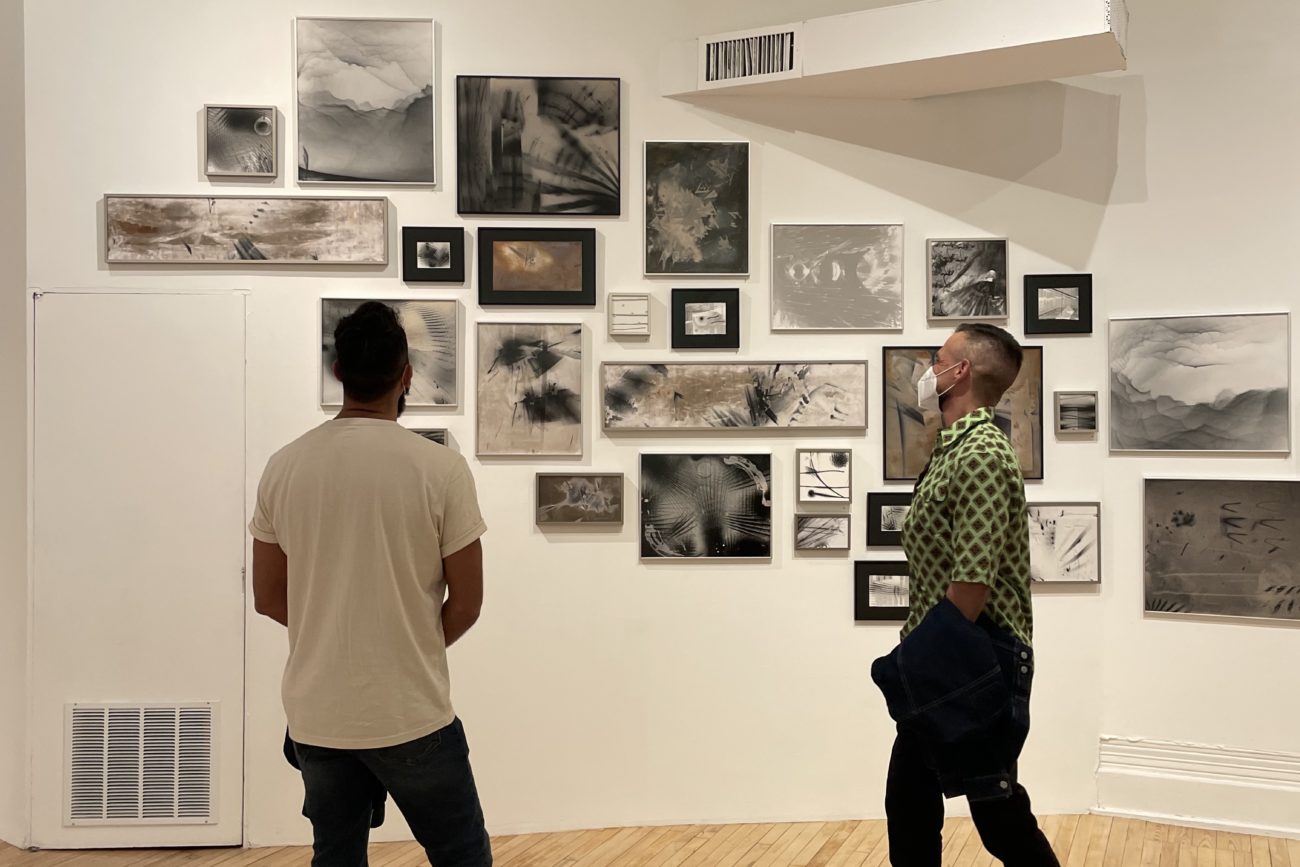To whom do we grant the title of “curator”? What sorts of spaces do we culturally validate as “curated” spaces? What is the difference between the role of the curator, the creative director, the editor, or someone programming and hosting performances and events? What does it mean to curate in a gallery vs. for the page, the stage, virtual or pedagogical spaces?
I understand the curatorial role as a sort of translational space holding, a transmission-with-intention of the work of one or more other persons (or objects / materials / information) to a variety of audiences. Gallery and museum spaces, while maybe the most traditionally validated spaces to curate in and for, are also by far the least accessible, and most temporally limited. Print and now web documentation of gallery shows not only outlive in person shows as archival accounts, but are also the version of any exhibition available to most bodies, economic classes, geographic locations, etc. What then might it mean to skip the exhibition and curate directly for these spaces, ensuring the archival longevity and place in the record for makers across disciplines whose work is documented and shown on the page and/or in digital spaces?
Here I have featured some recent gallery shows where I take on the role of curator in a more traditional way, as well as Exhibit A, a 2013 project which marries many of these questions with a traditional show format in a gallery space. Much of my “personal” installation / field lab work could also be seen as curation, as can the publications, series and programs produced, designed, edited and / or hosted by me for The Operating System.

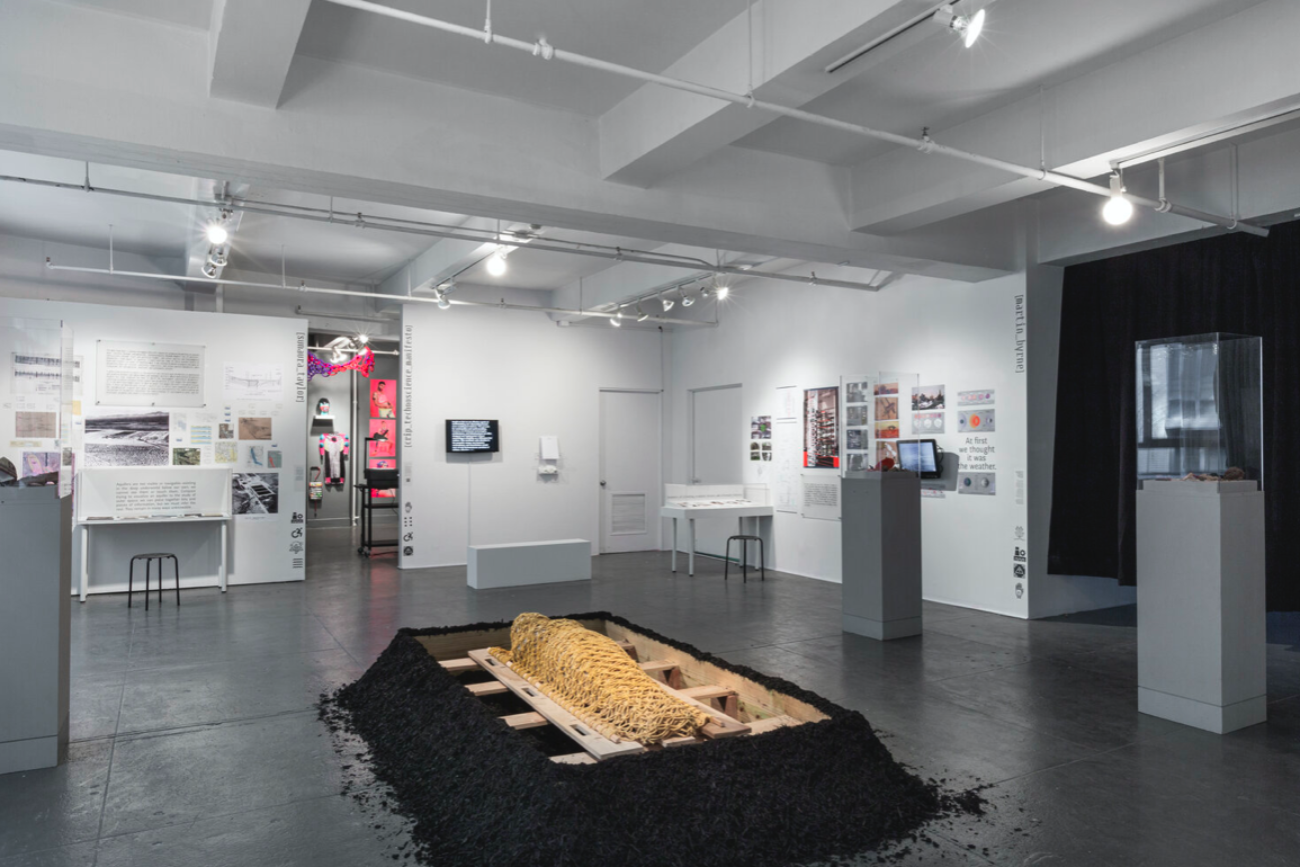
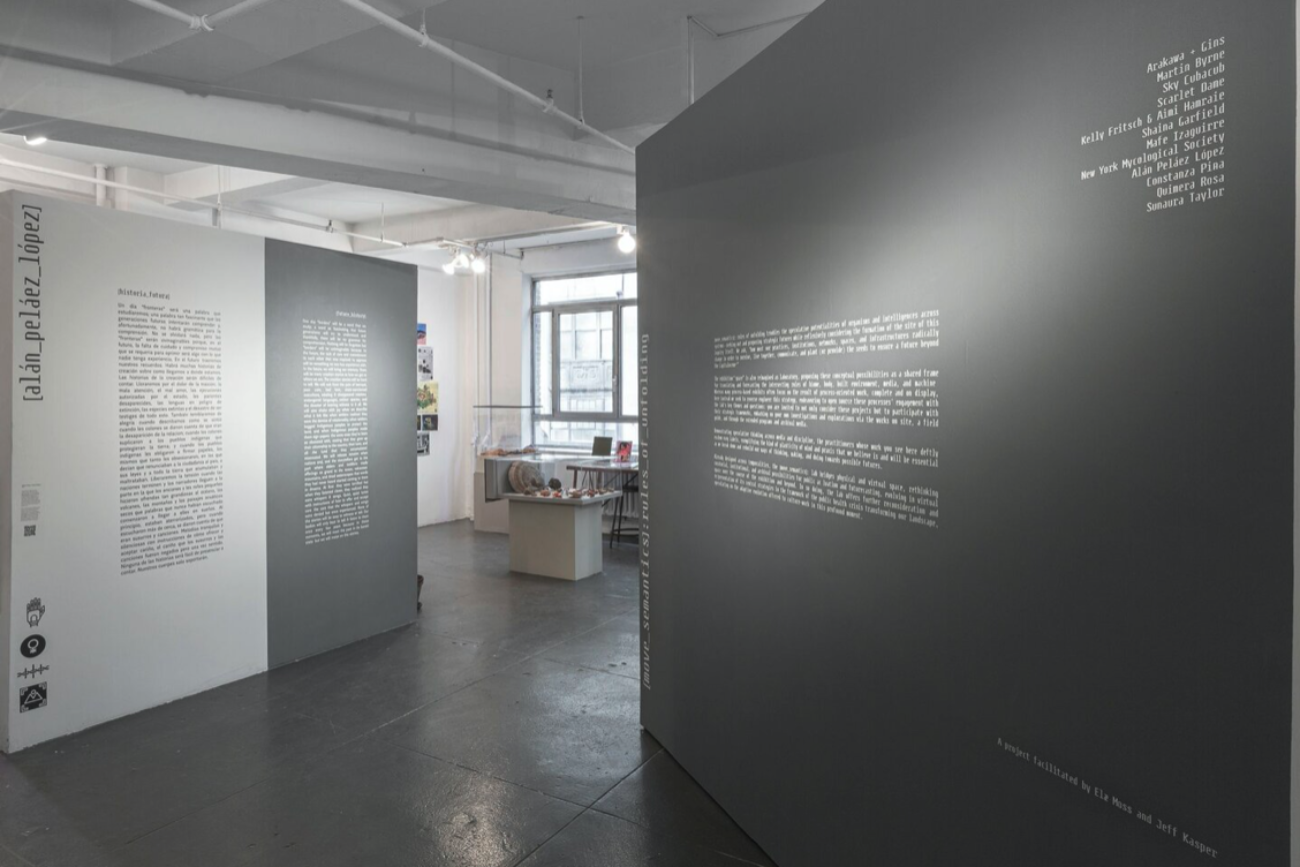
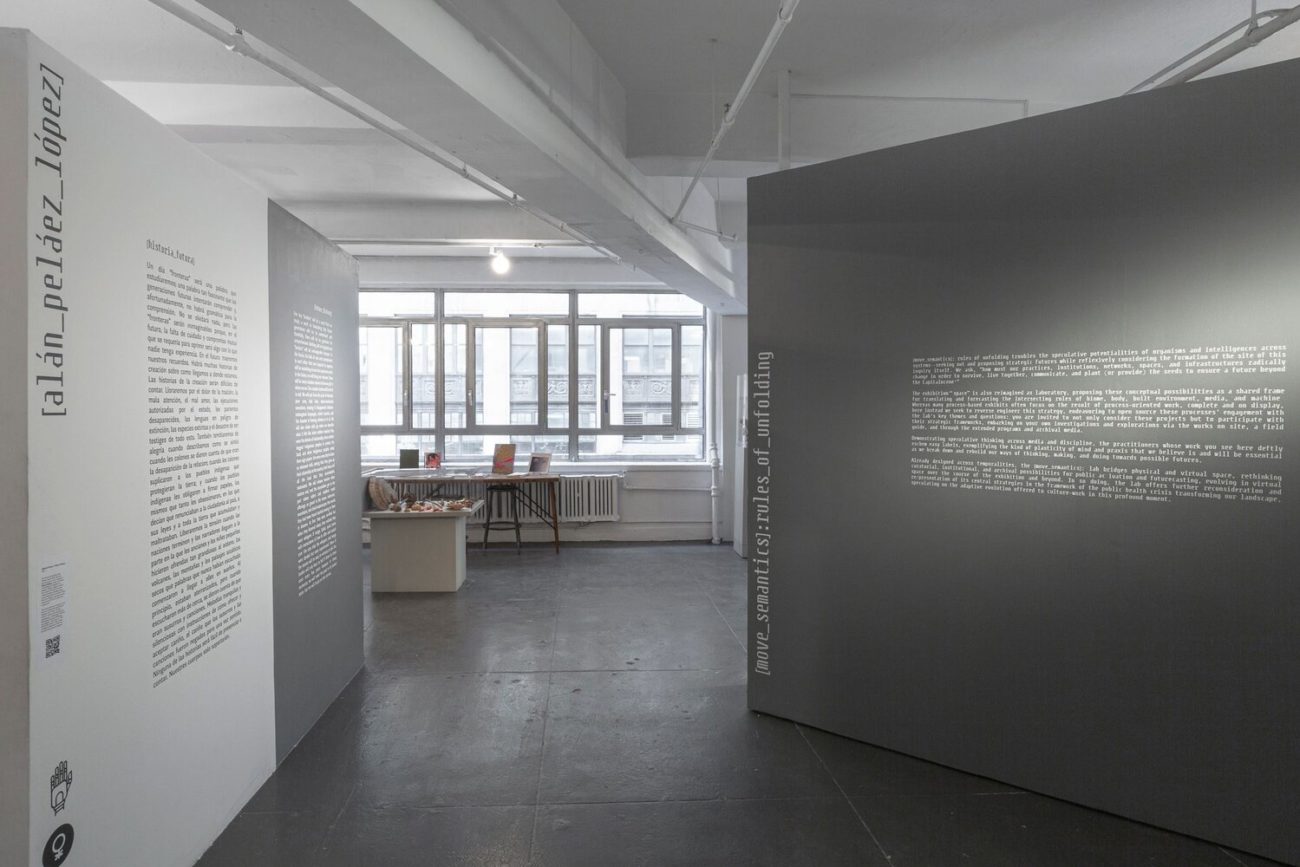
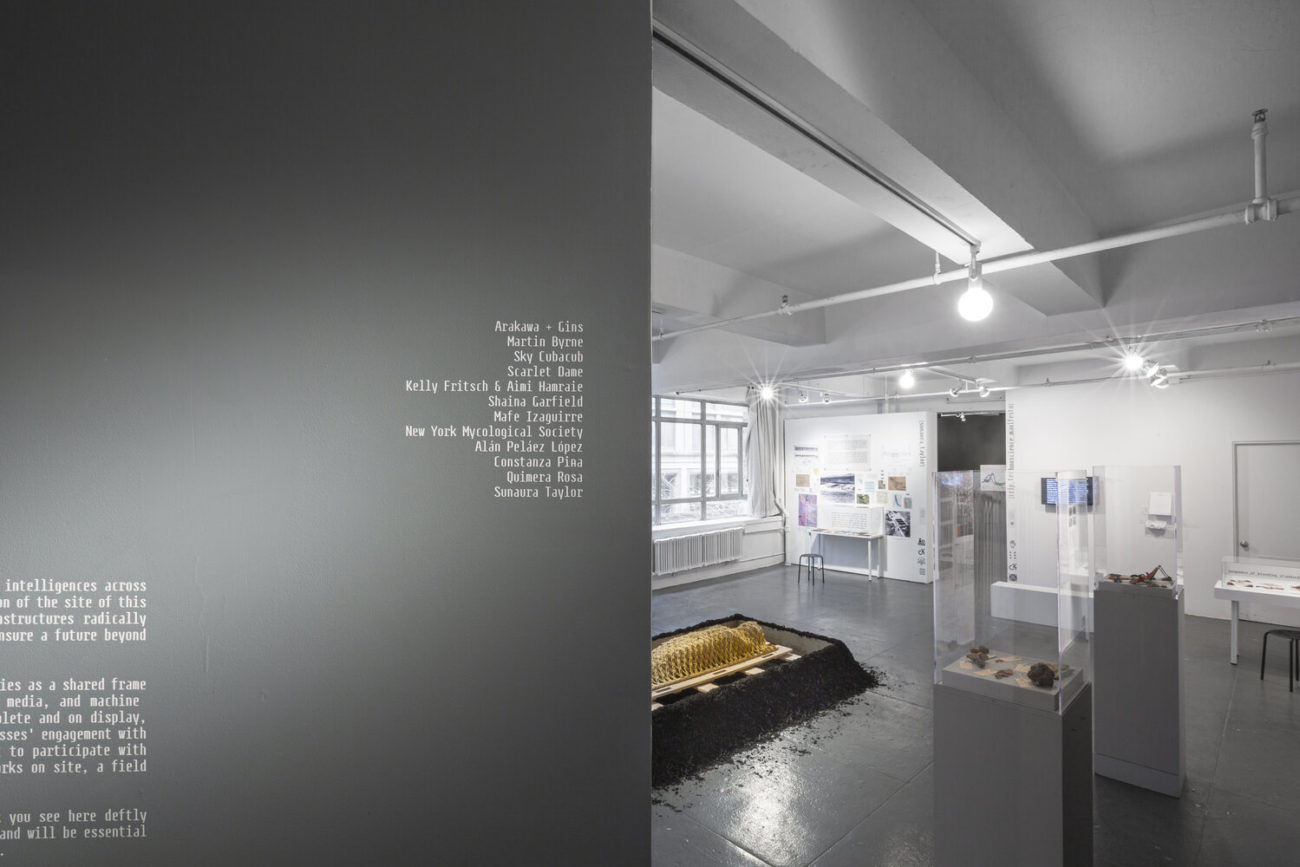
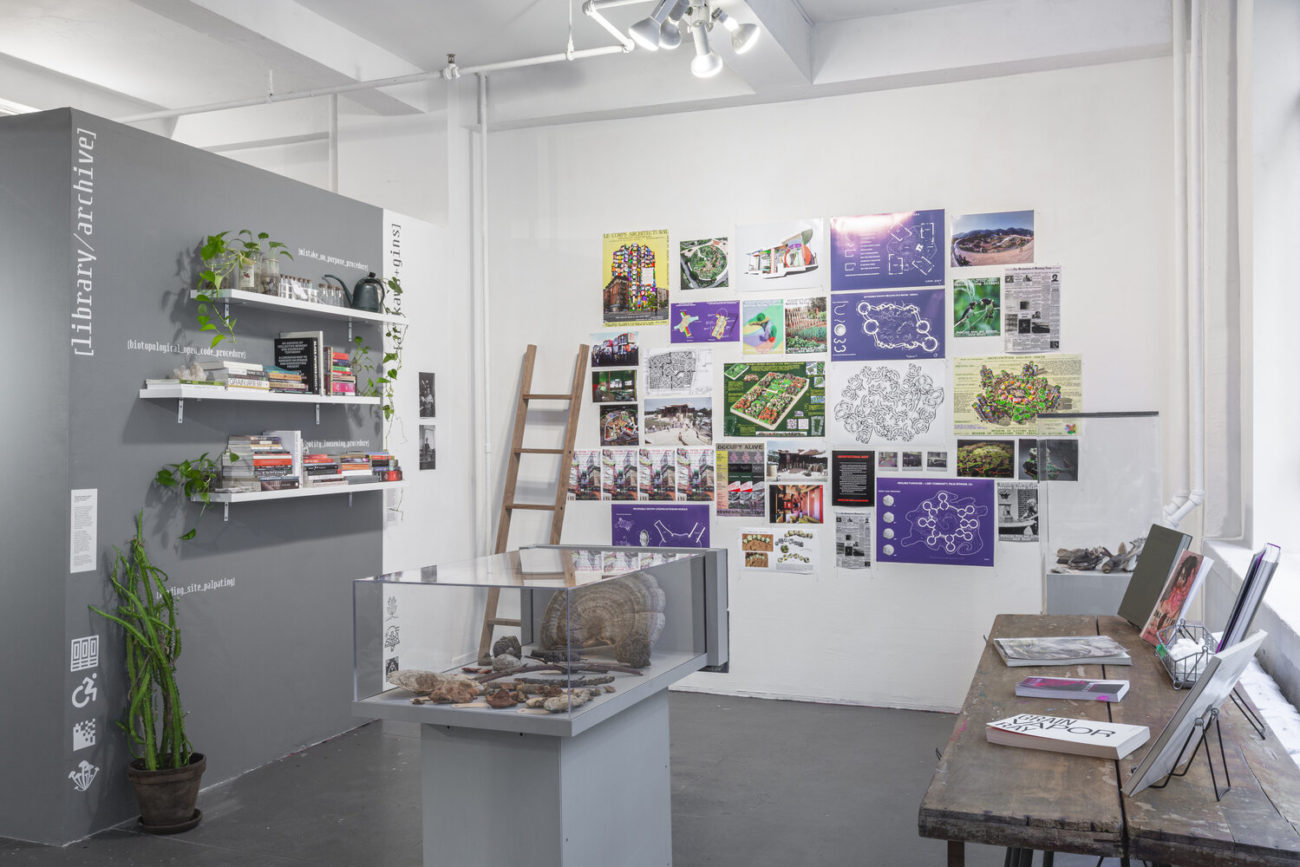
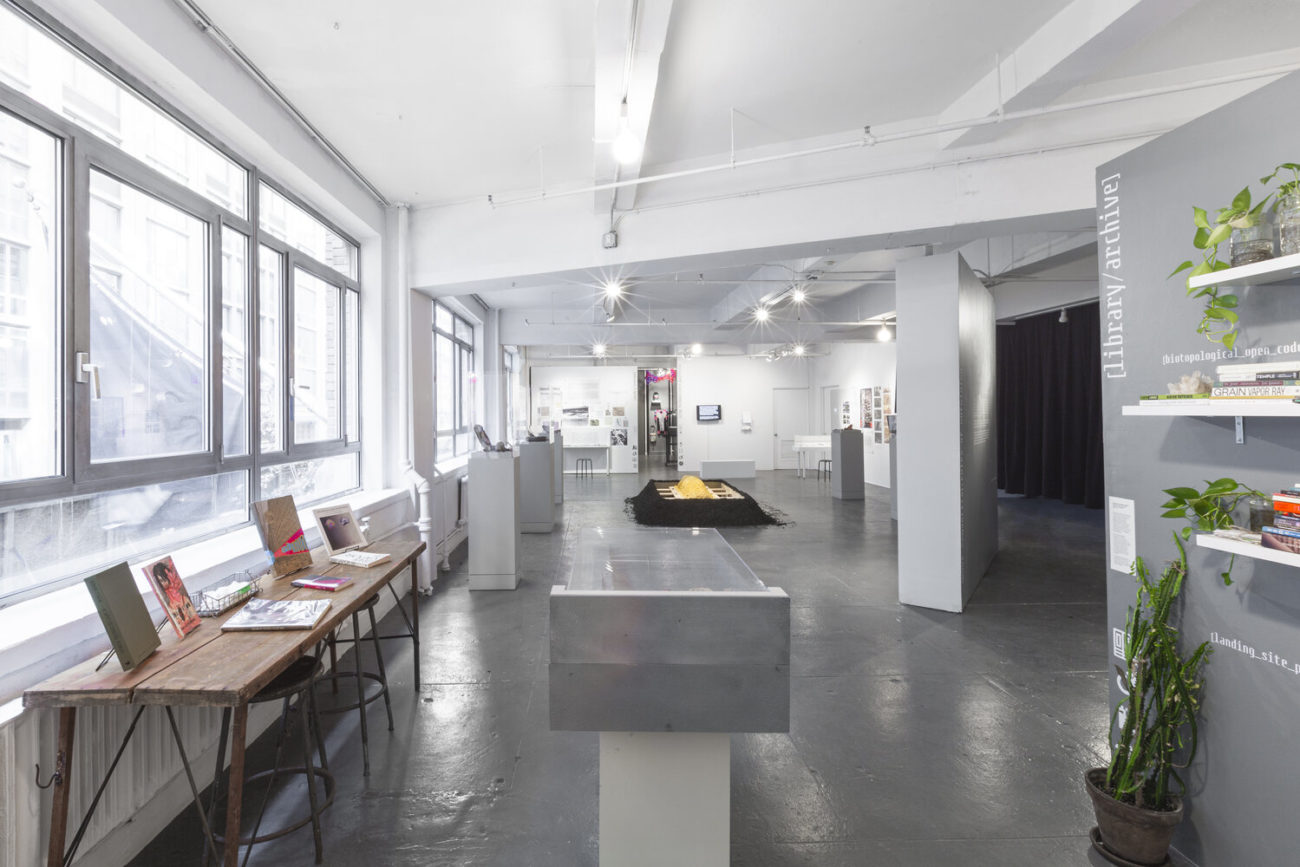
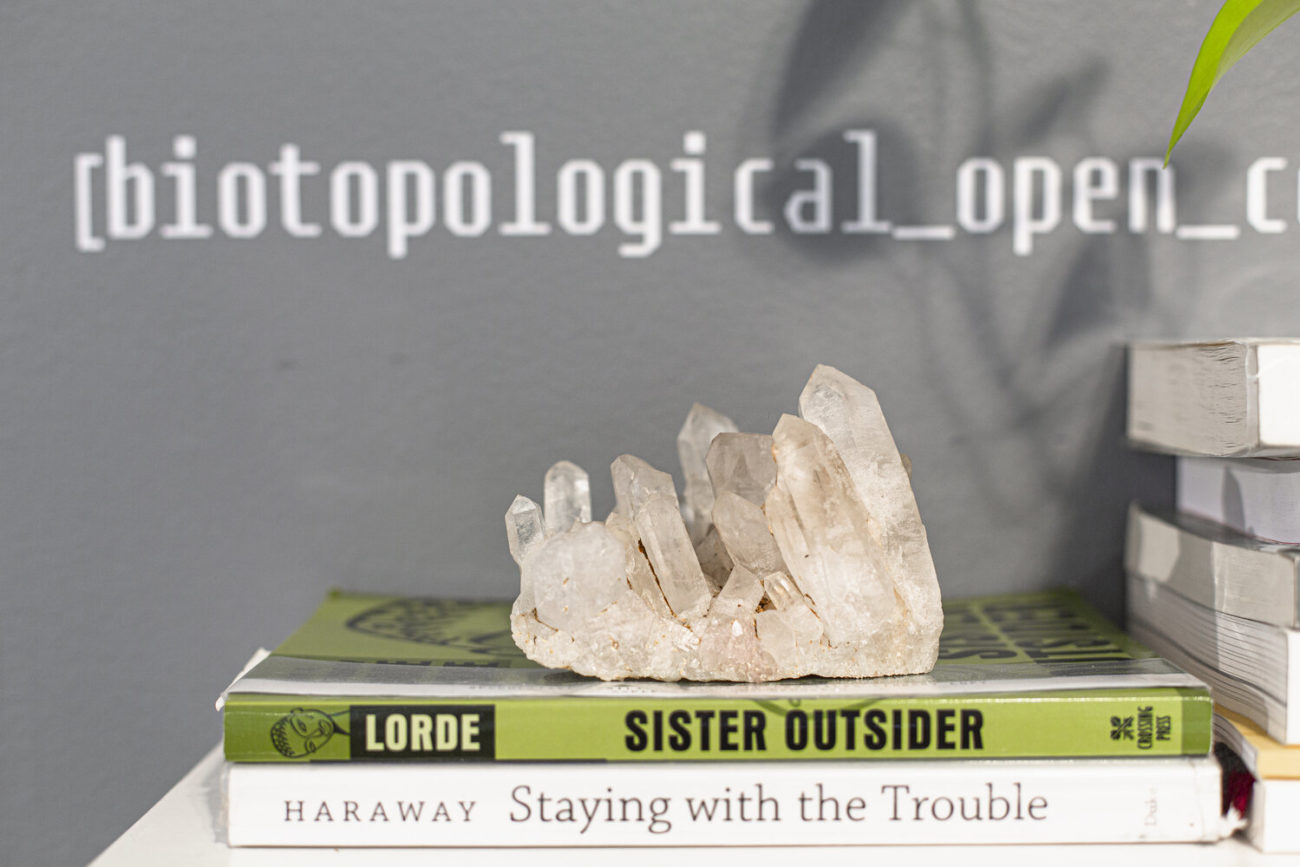
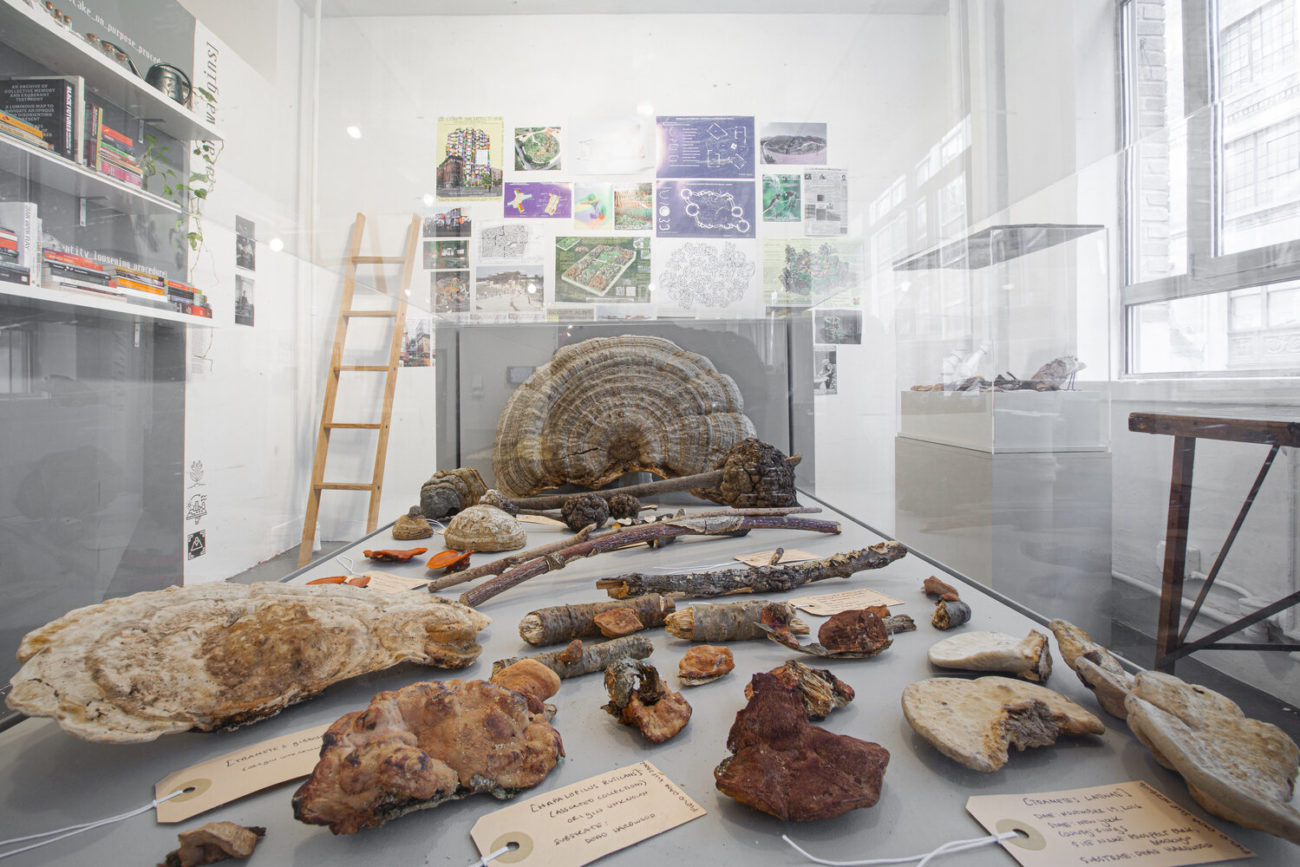
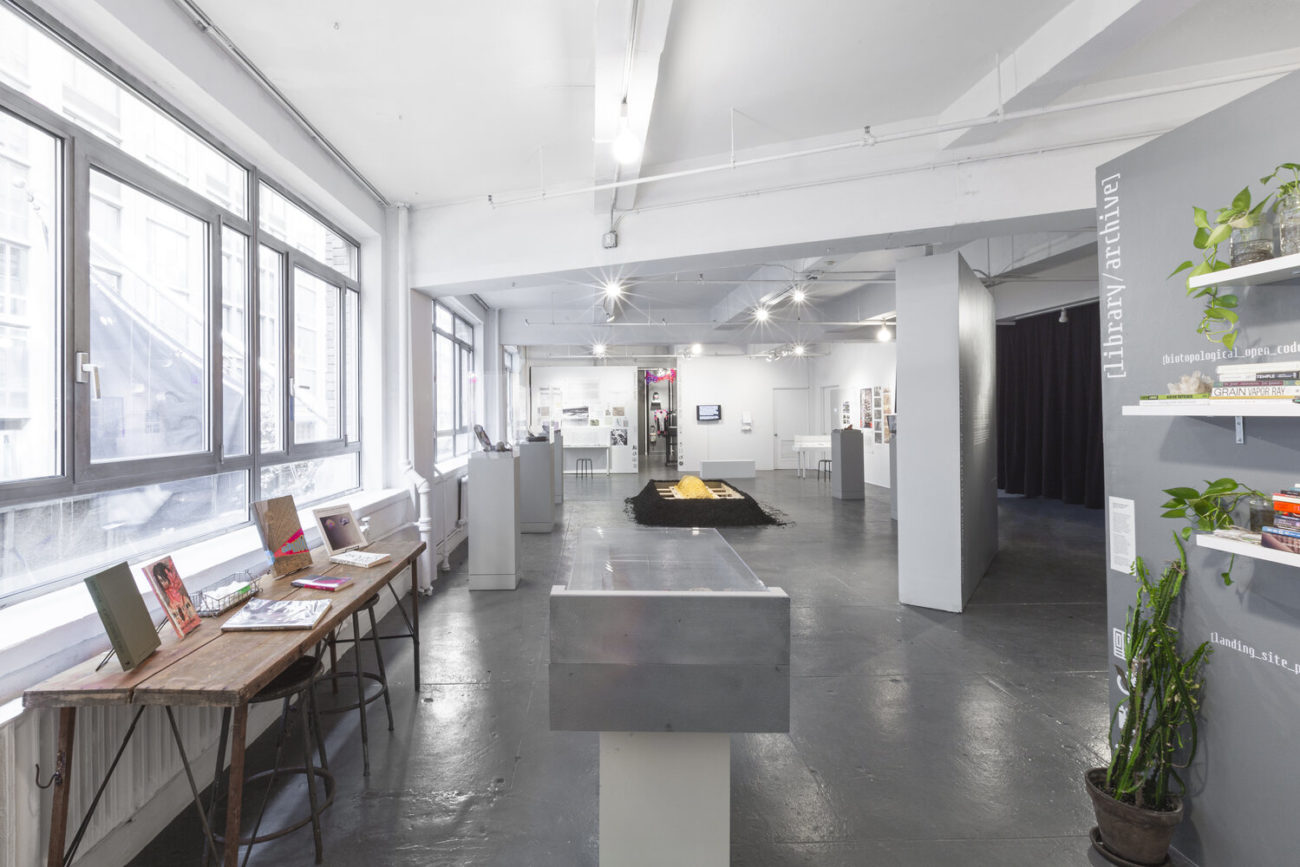
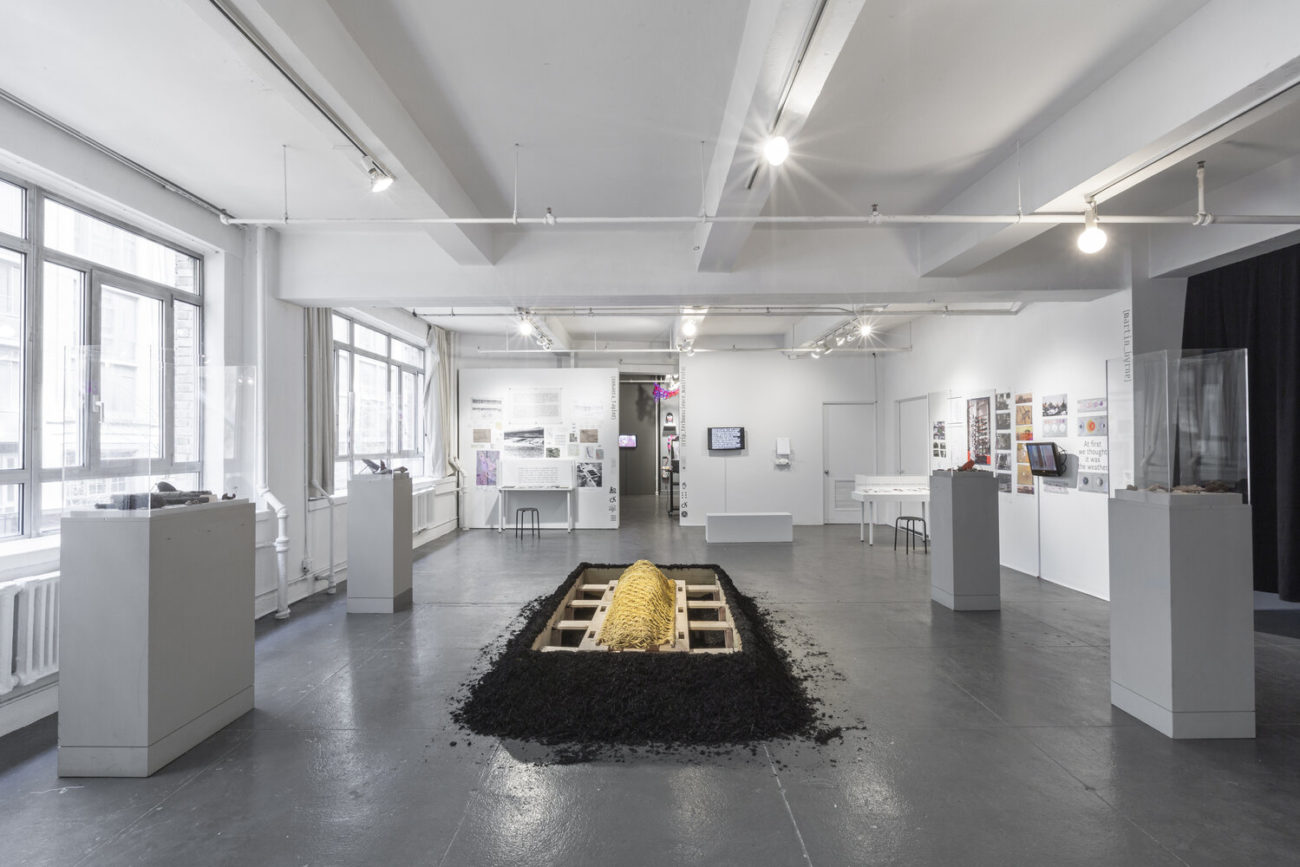
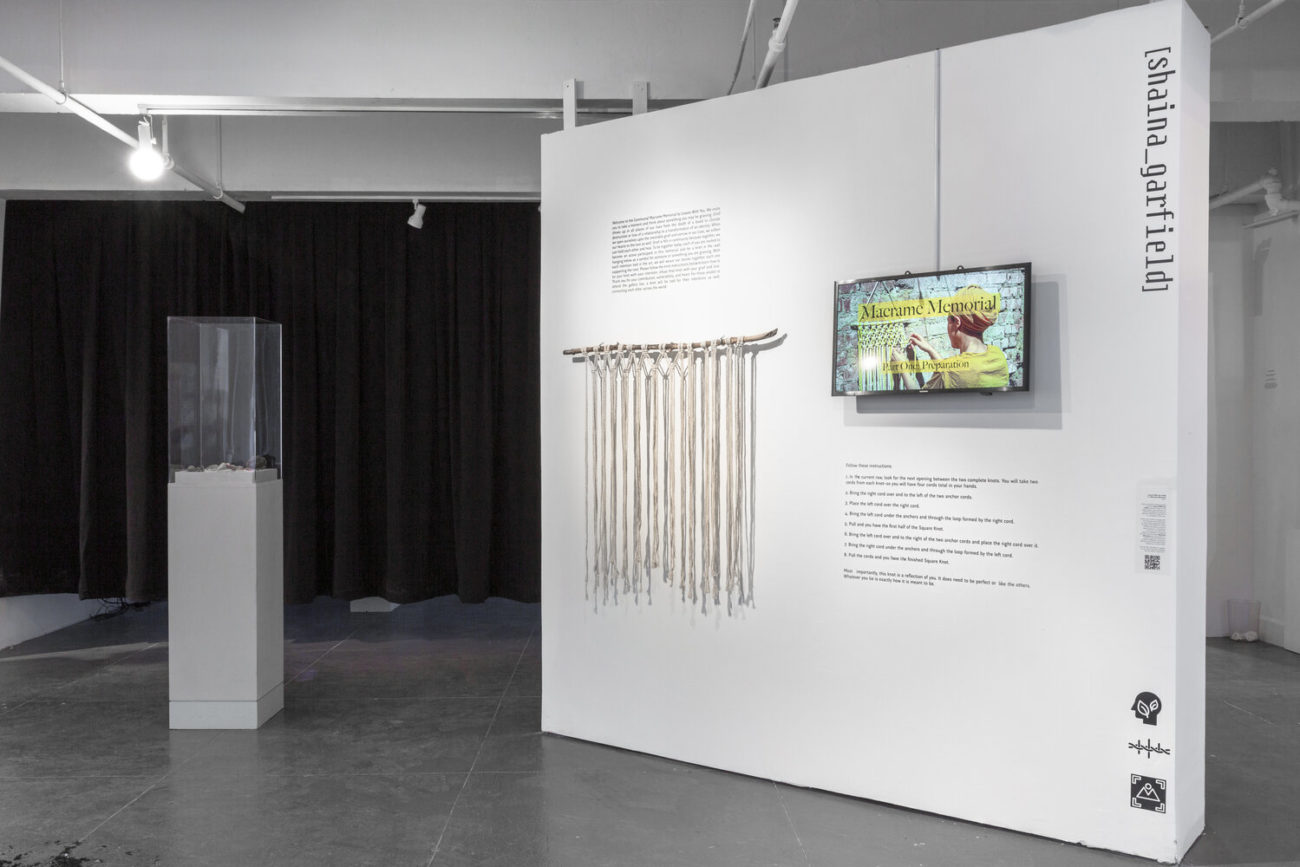
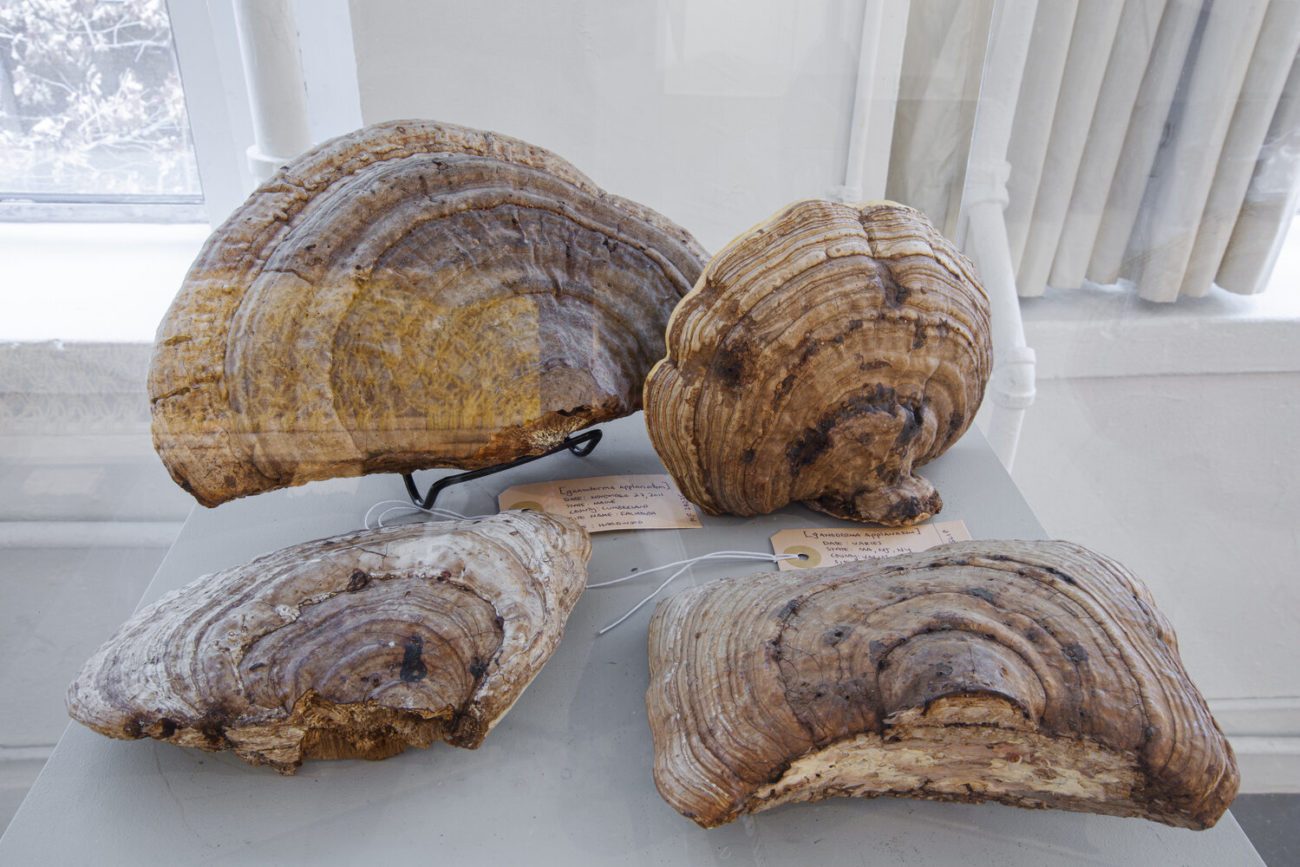
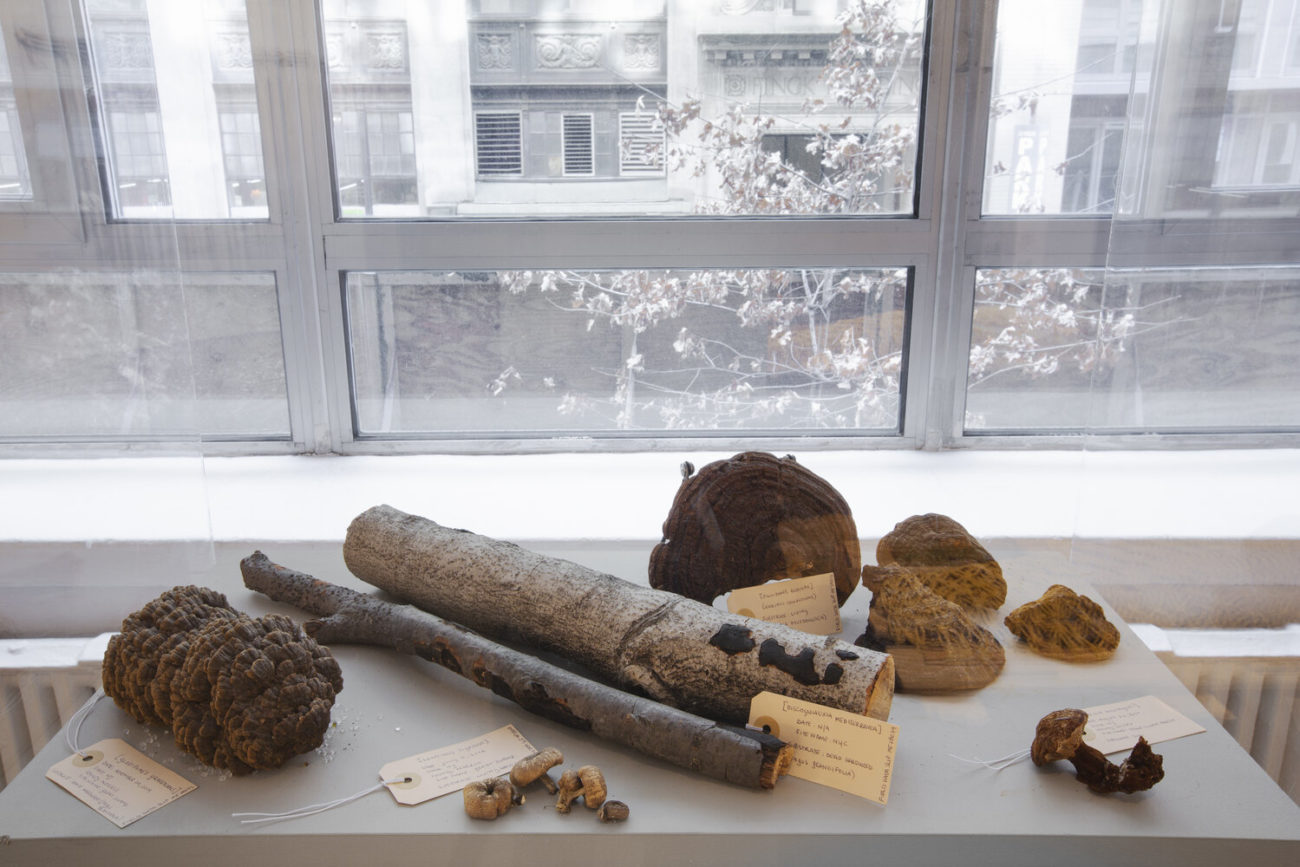

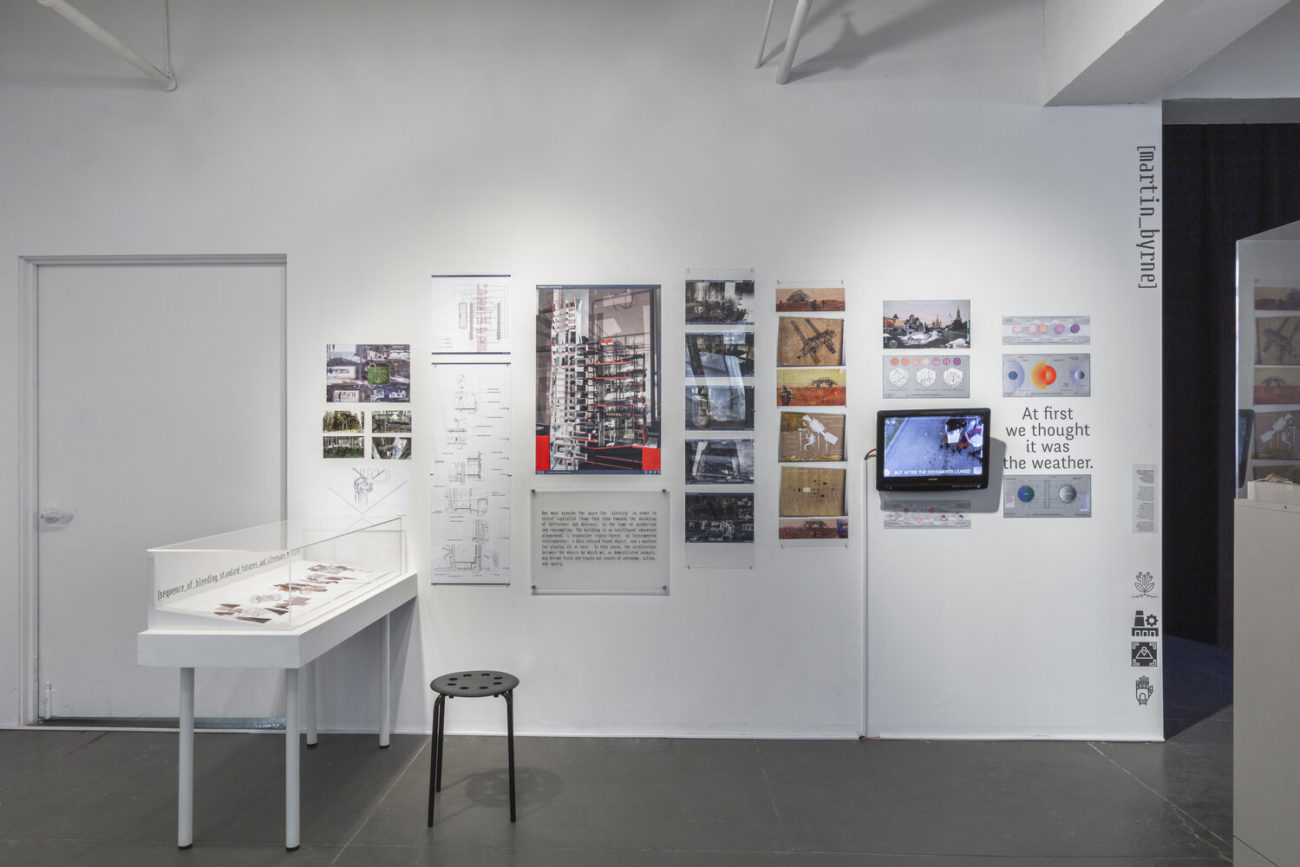
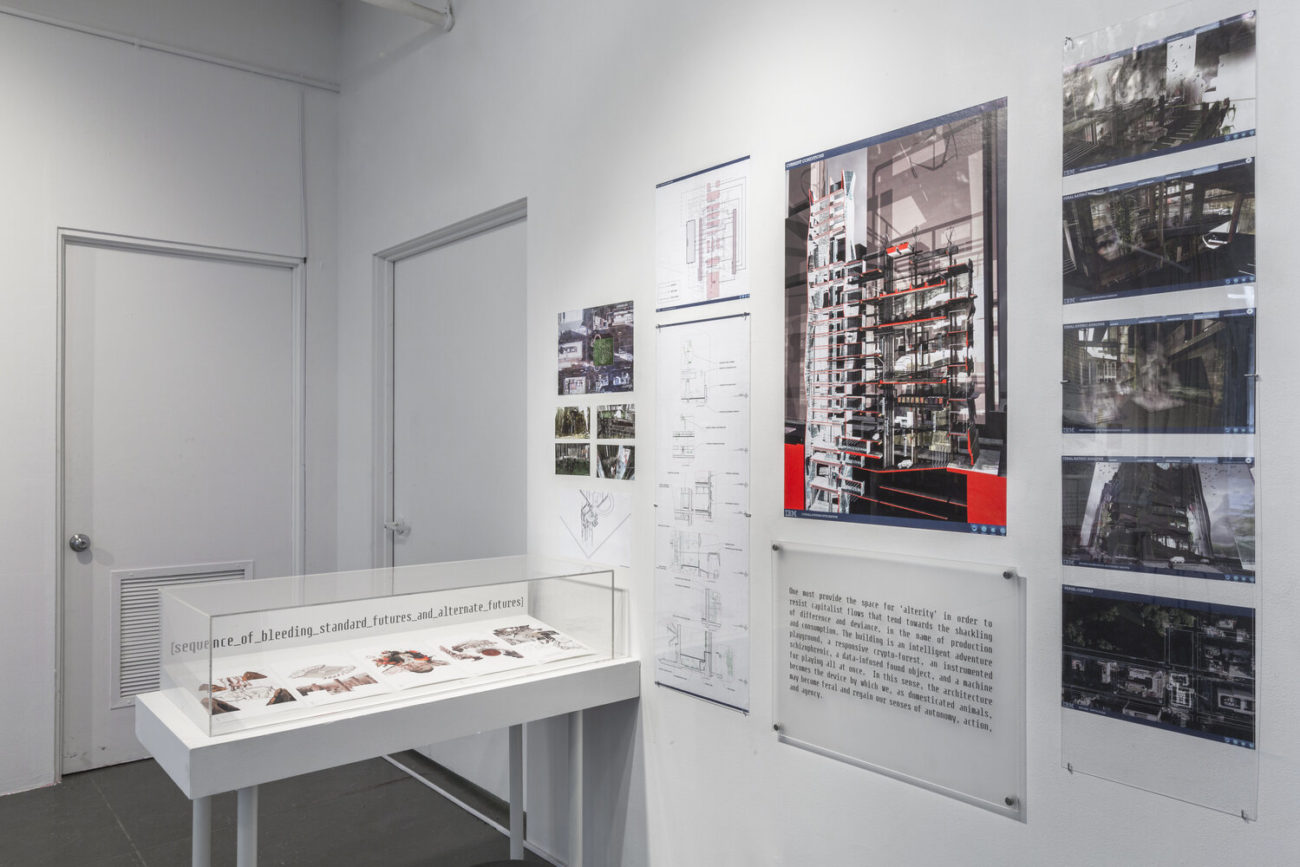
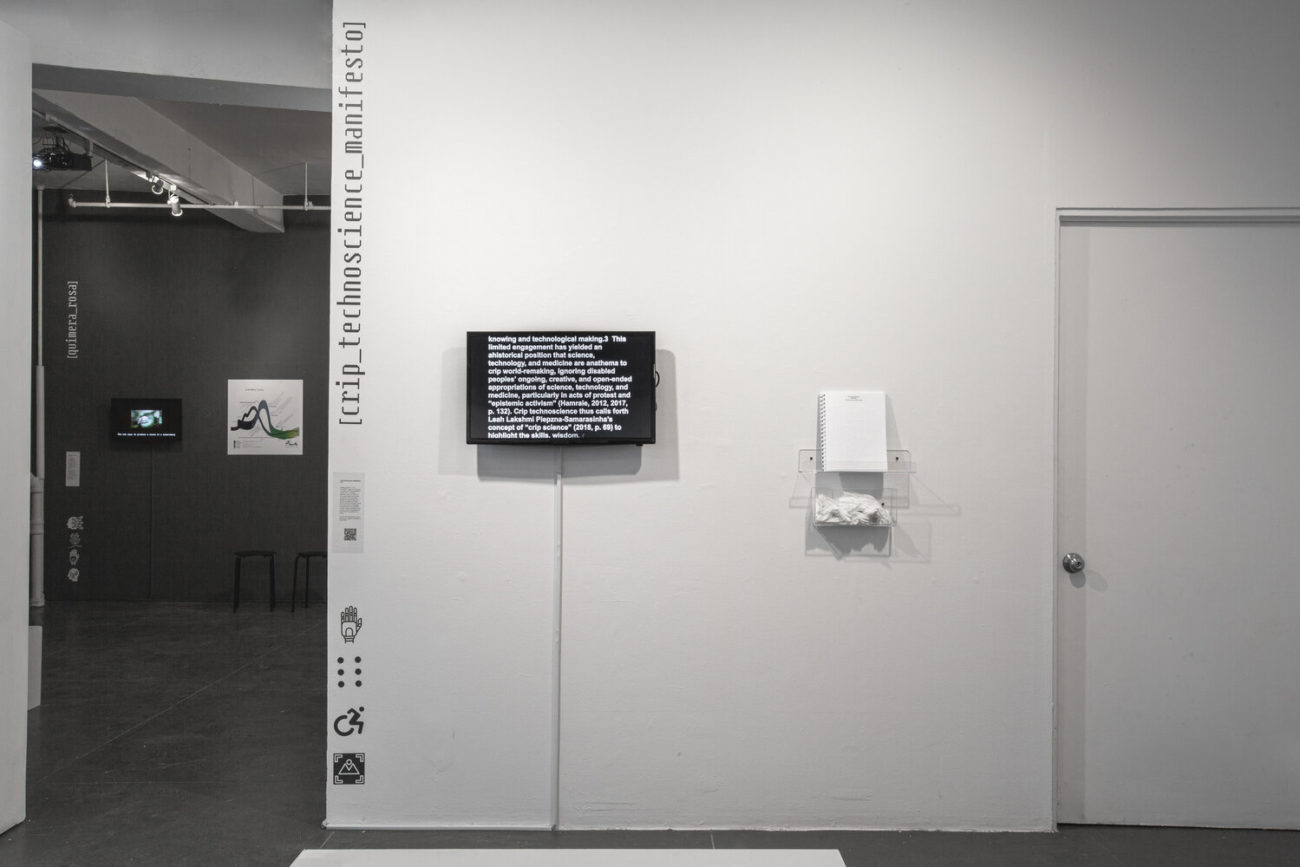

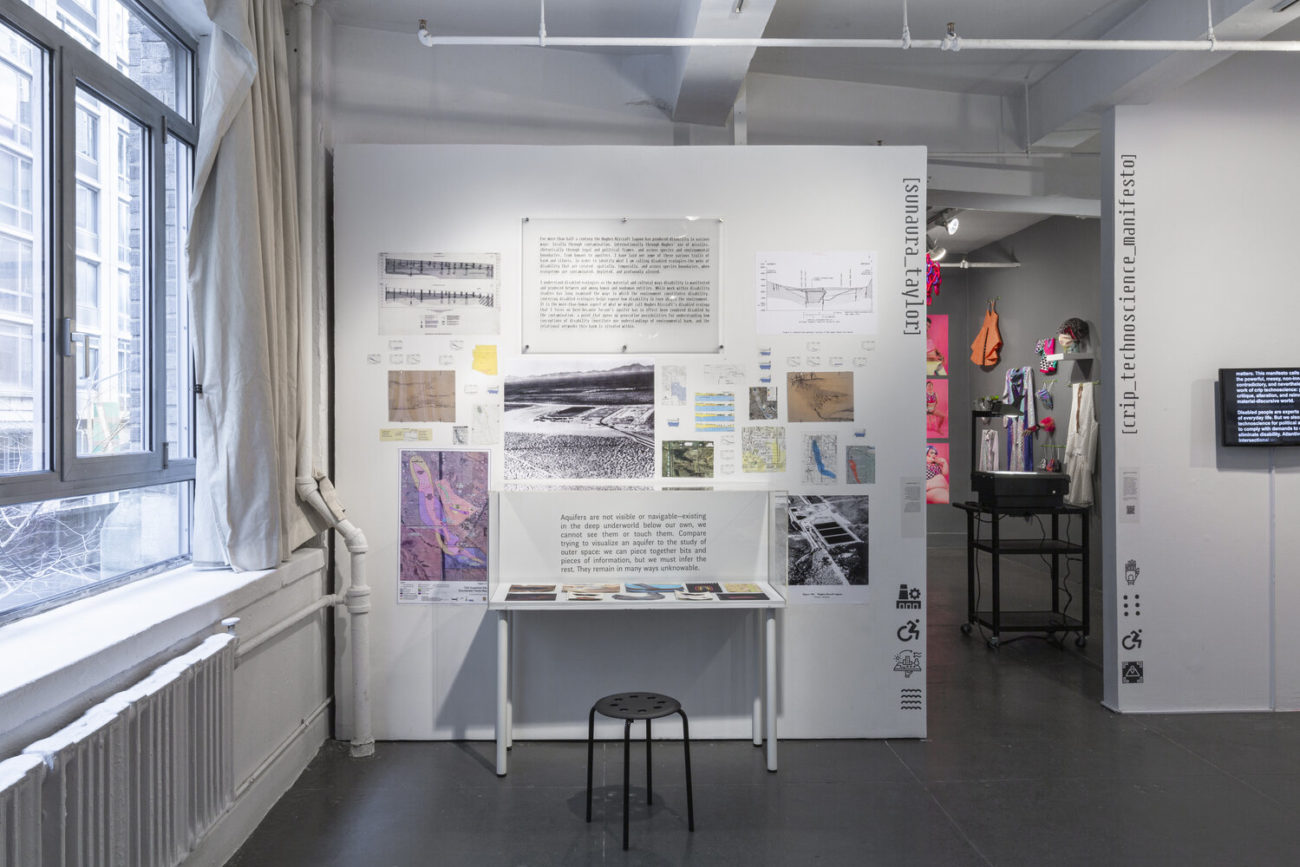
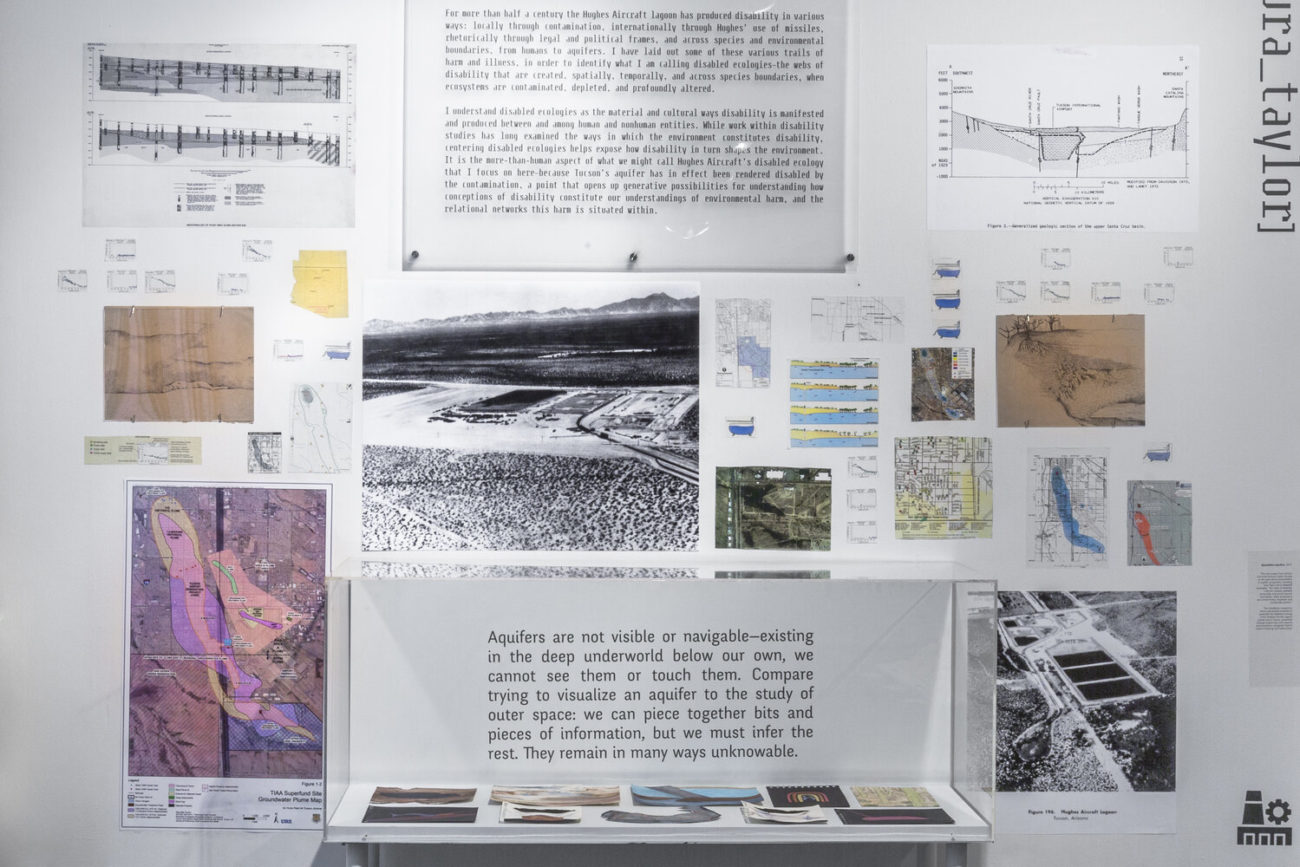
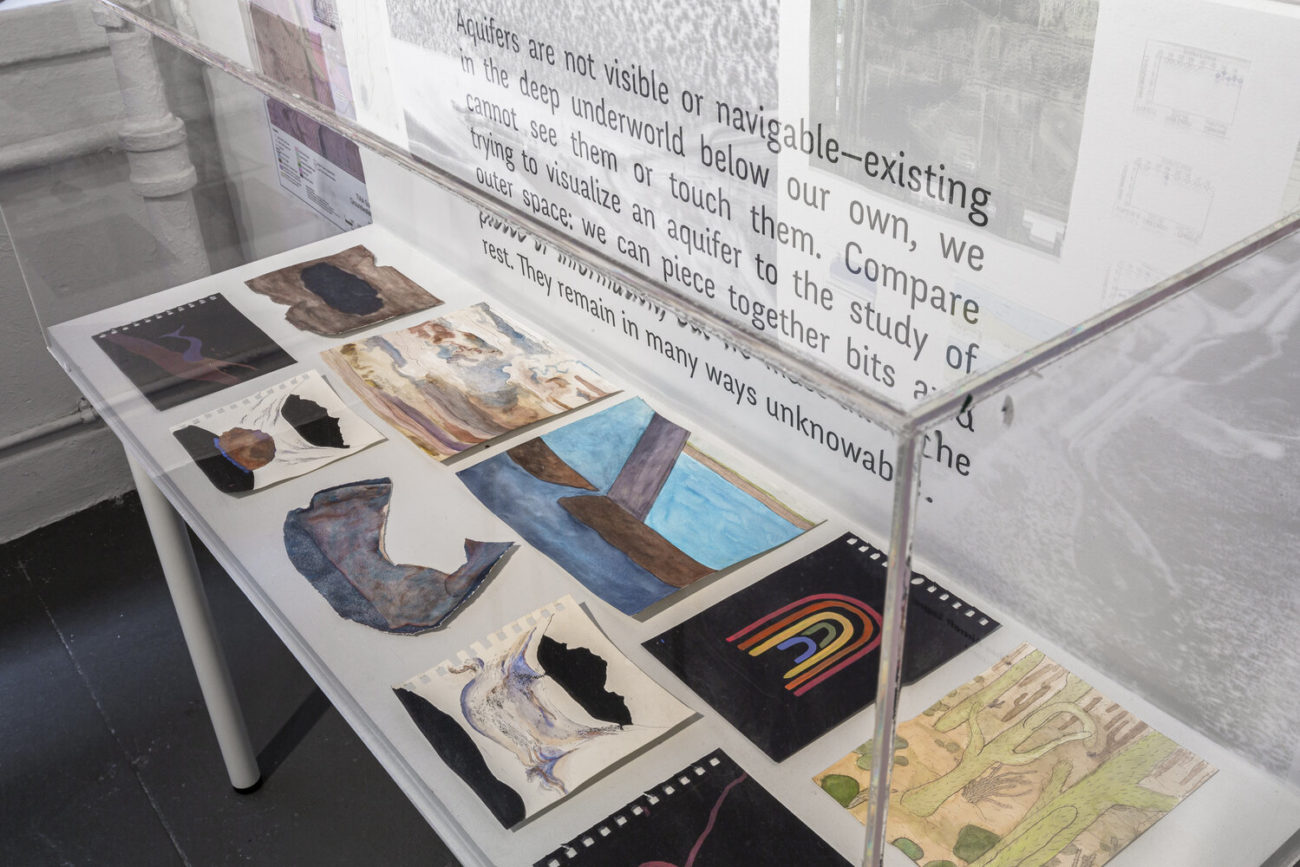
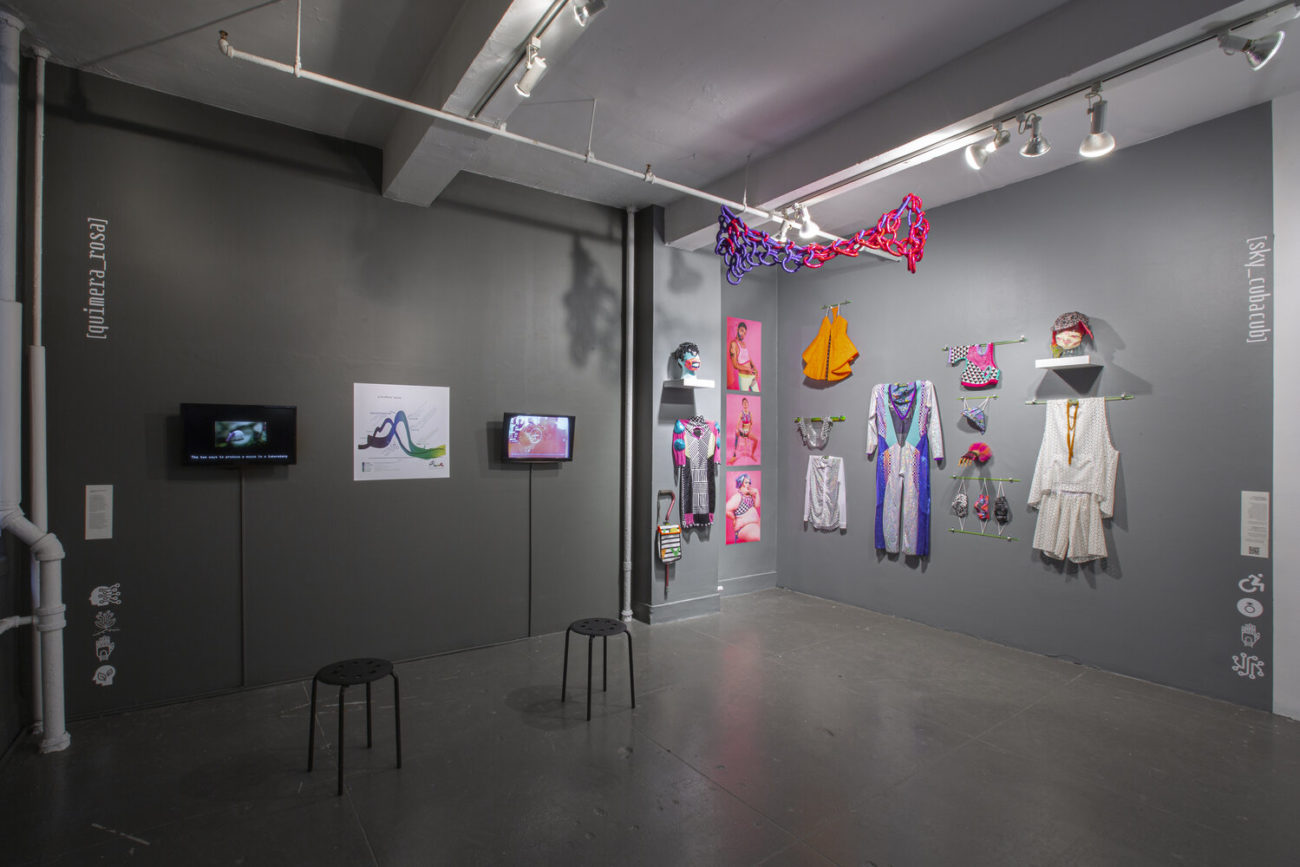
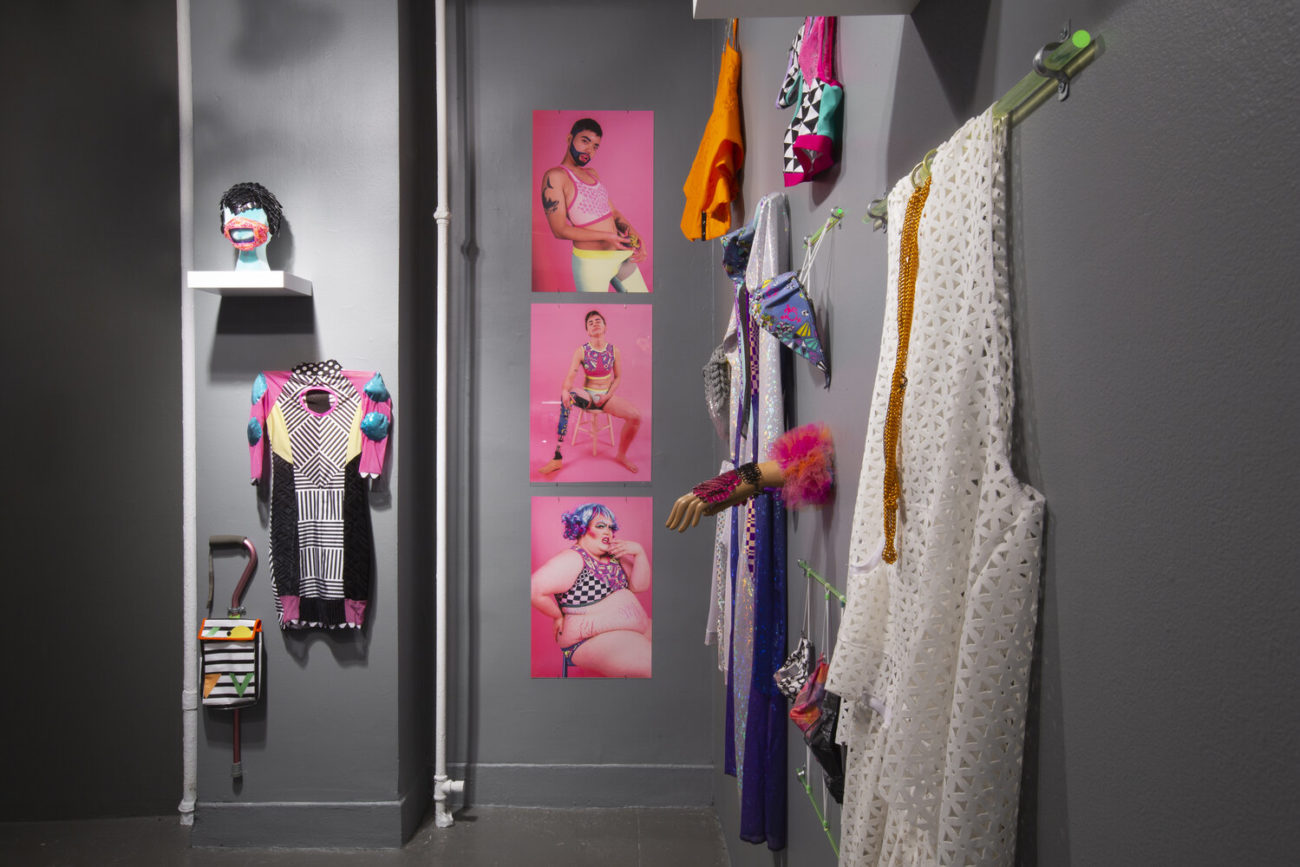

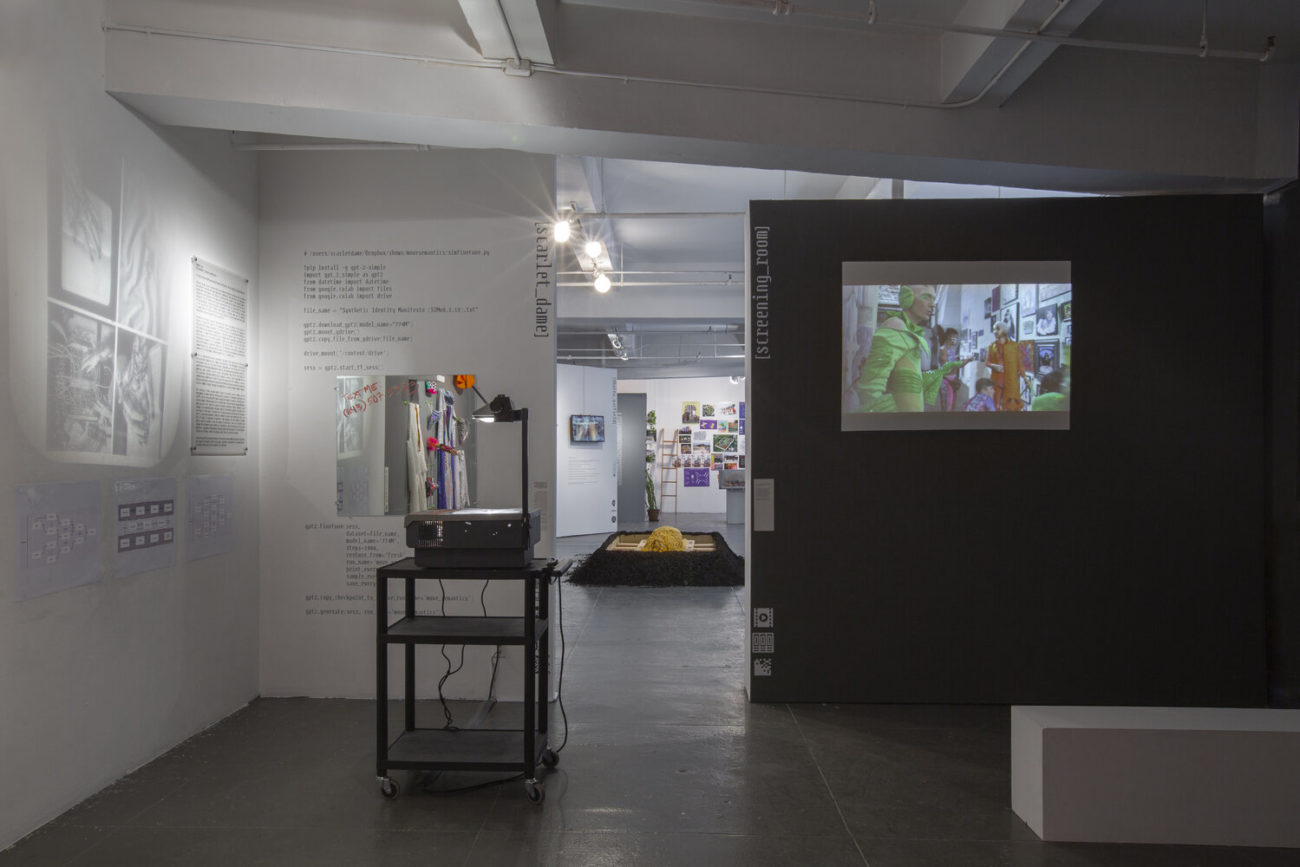
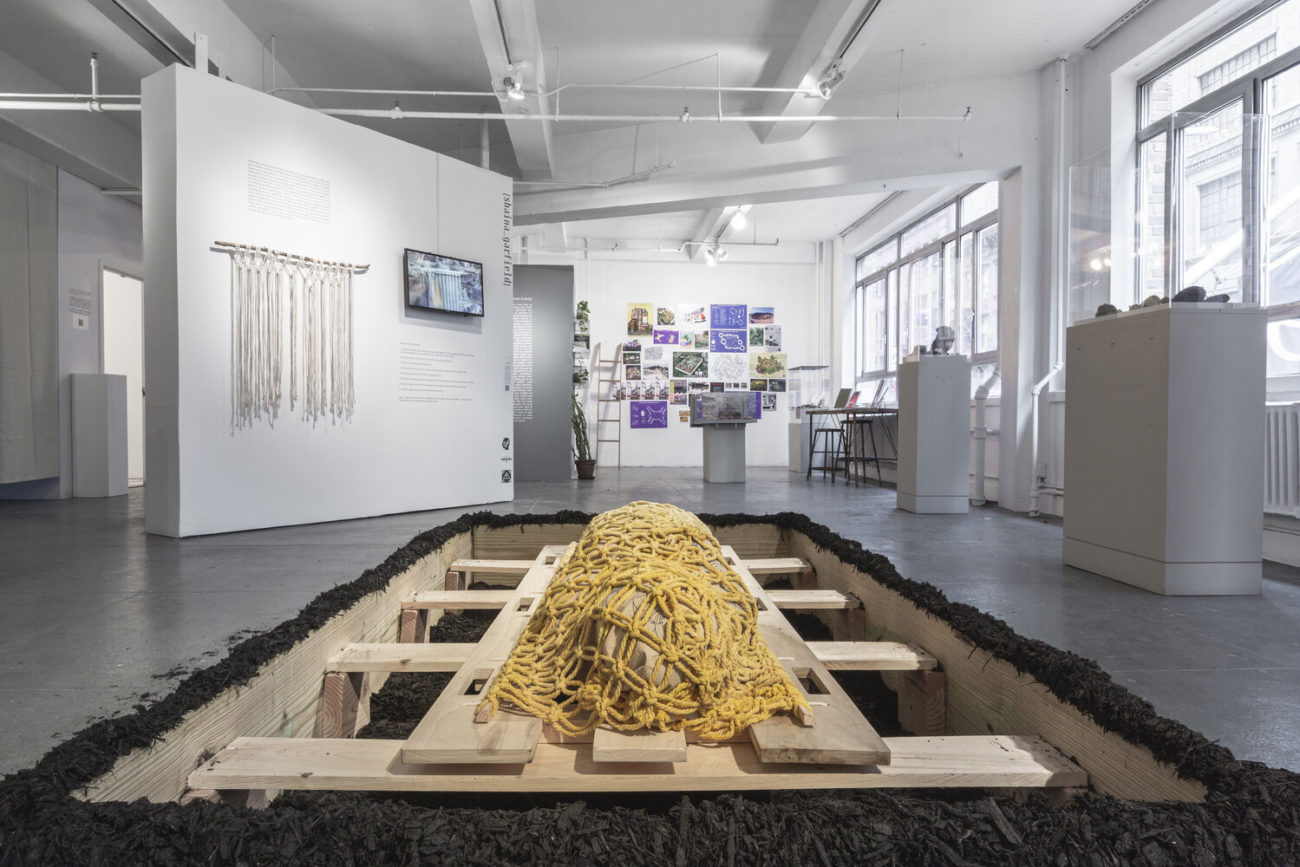
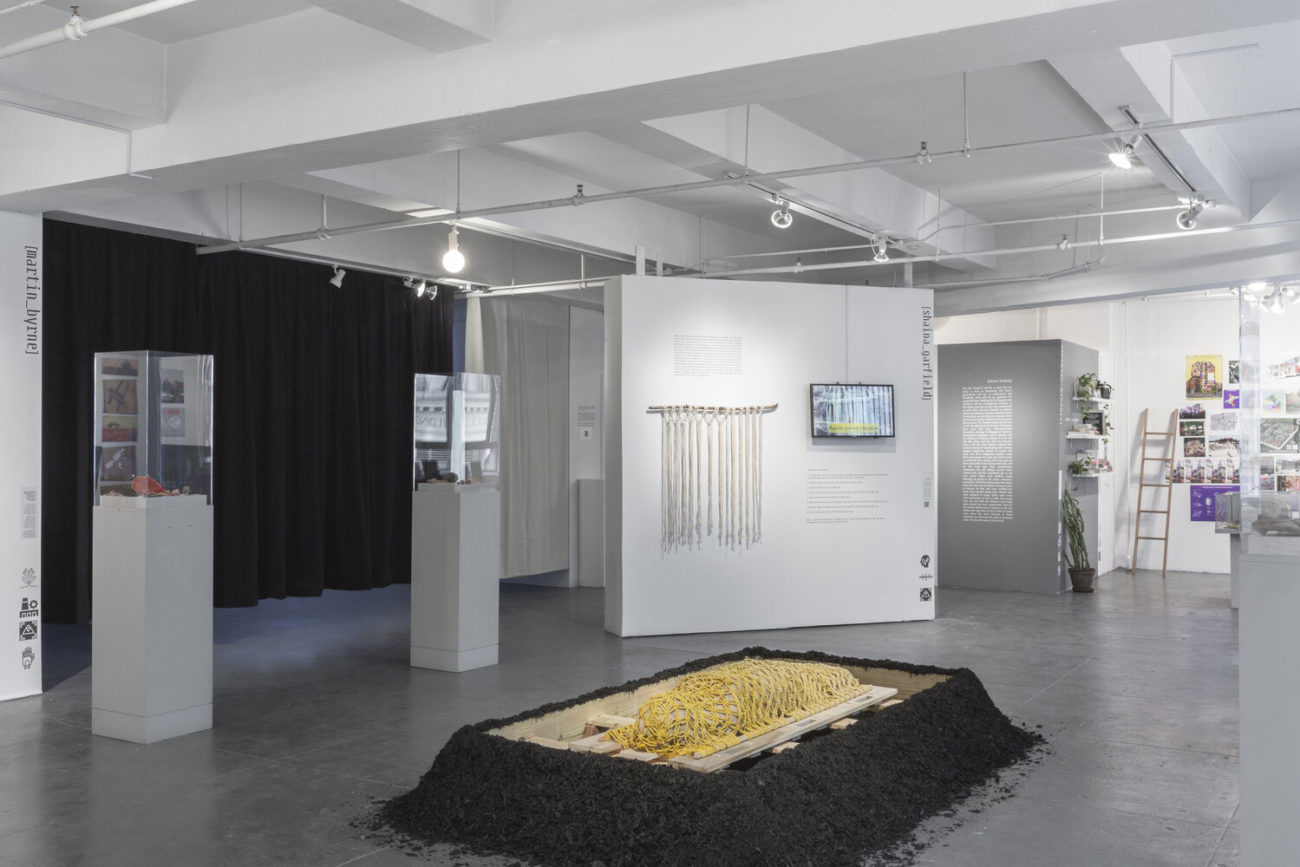



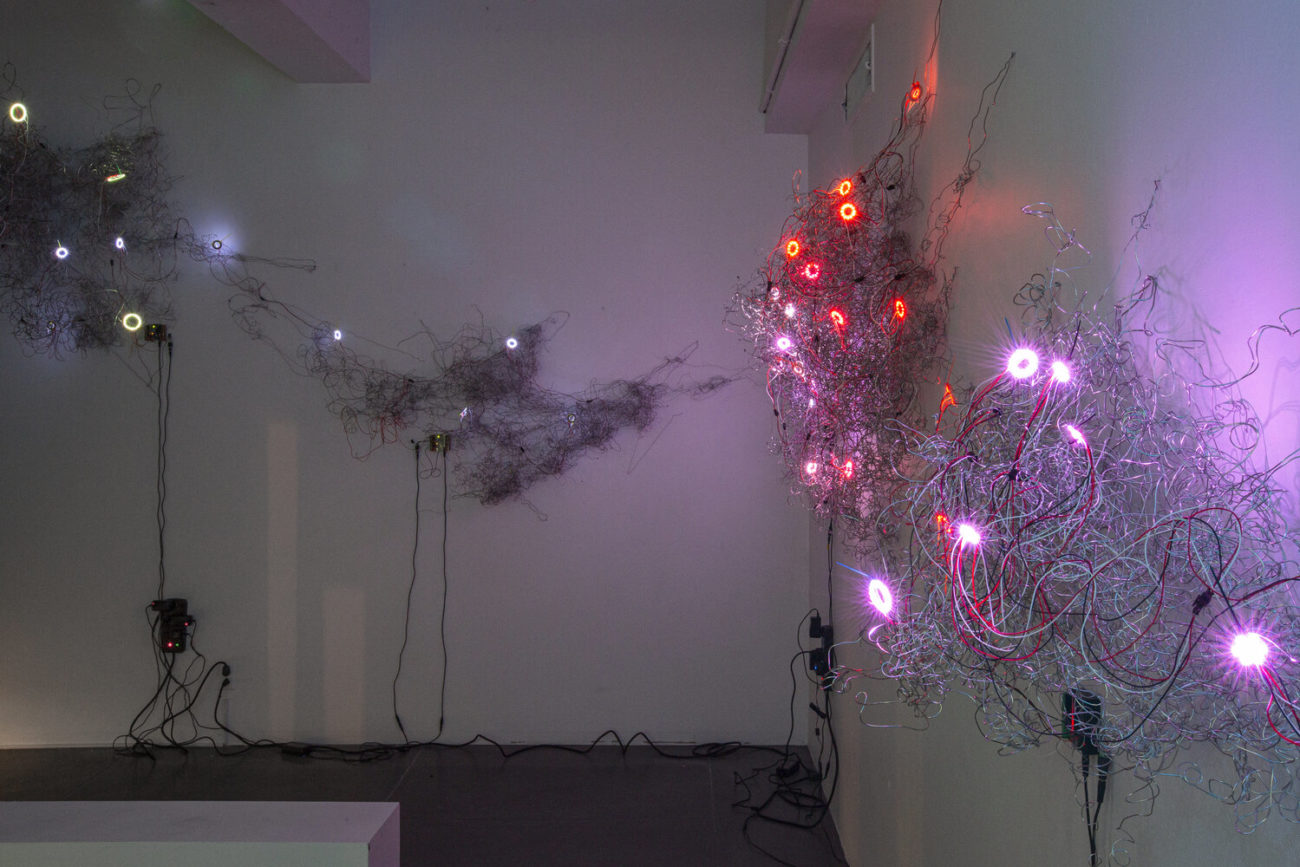
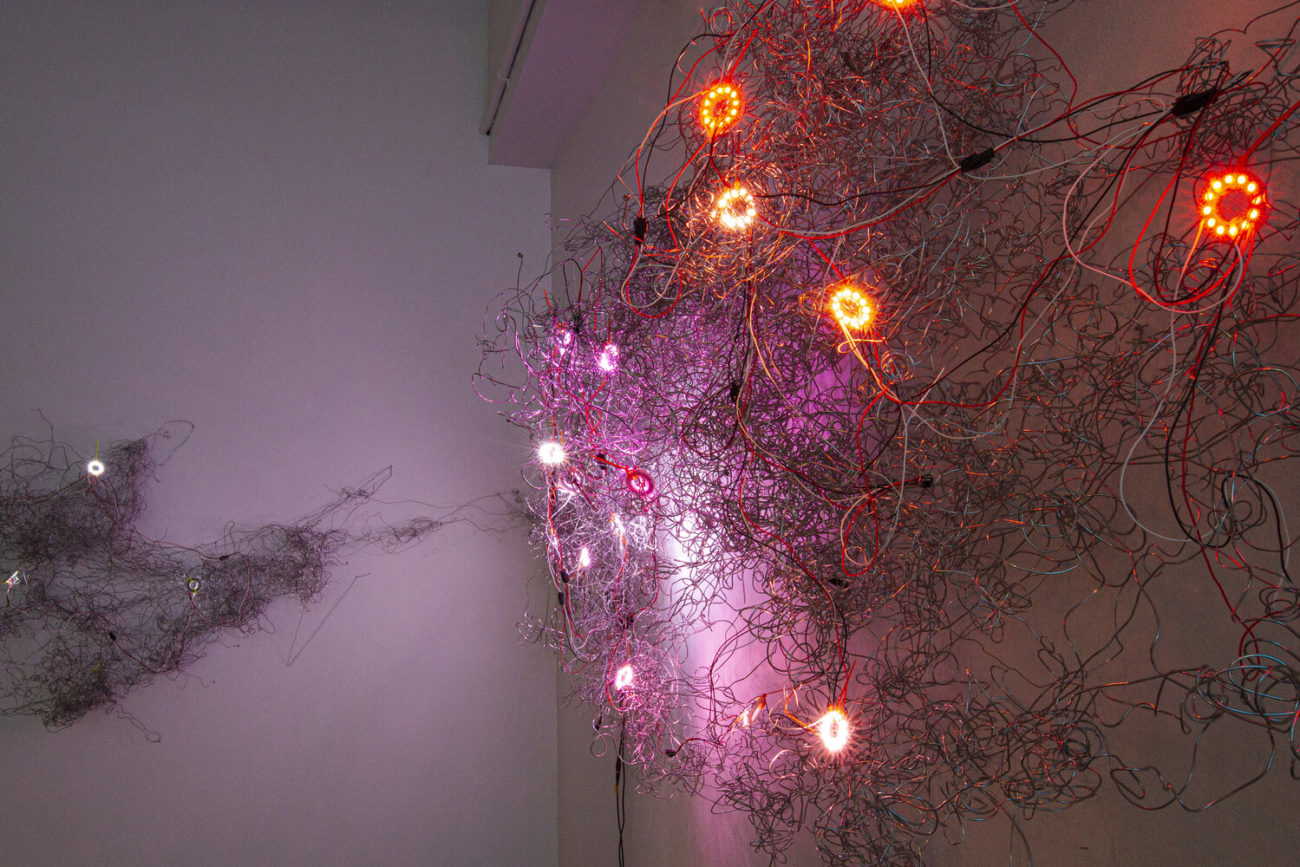
![[curation and creative direction]](https://onlywhatican.net/wp-content/uploads/2021/03/IMG_9885-1300x867.jpg)
